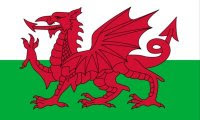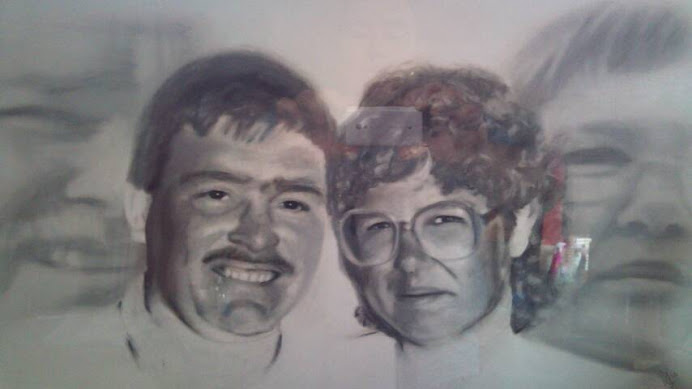There seems to be a lot of errors and misunderstanding out there regarding Turner's original painting. Some commentators mention three boats when there are in fact only two. Yes, the second boat beyond the crest of the main wave can be mistaken as two boats if your'e using a poor reference photograph. But if that was the case then the mast of the closest of those 'two' boats is in the wrong place. That's because the 'mast' is the rear part of one boat, and is a similar contraption to that shown at the rear of the main boat roughly in the lower and left third of the painting.
Some people have even mistaken the rocks illustrating 'the Needles' as the sails and hulls of sailing ships and truly believe that these two fishing boats were cast off from the larger ships. Nope, these two fishing boats are just what they are, two fishing boats nestled in a sea scape.
There is even confusion about the barrel upon which the right hand of the three sea birds rests upon. This has been taken as an illustration of the stormy weather and the barrel has broken loose from one of the fishing boats, or has been swept along from elsewhere by the storm. Of course the idea of a storm swept barrel is extremely unlikely. This folks was 1796 and the scene is depicted from that time or earlier. Modern fishermen will use plastic buoys to pinpoint pots and helps to spread nets. It is plausible that the fishermen were using a sealed barrel as part of their process. If you look very carefully at the main boat, the has been cast over the side. You can see the cork floats and the shadow of the net itself.
I have even read about the boats moving through the waves. That is also unlikely given that the main boat has cast its anchor, or some form of dragging line. The line is too straight and at the wrong angle to be connected to the right hand boat. The sails are down and the fishermen are going about their business with at least one of the boats in the intended position. There is even an idea that they are rowing. Well, to me there's no evidence of oars. There is at least one if not two connecting points on the main fishing boat, but there is no oar inserted.
I hope that helps to clear up some of the things that you might have read about Turner's 'Fishermen at Sea' painting.
The next stage of the painting process is to insert some of the blue's and green's of my sky into the waves, before tackling some more detail on both boats. This of course is all in acrylic and on an A4 sheet of paper, and not oil on canvas as in the original. But meanwhile I have to slip out and have a coffee and probably go for a run.






